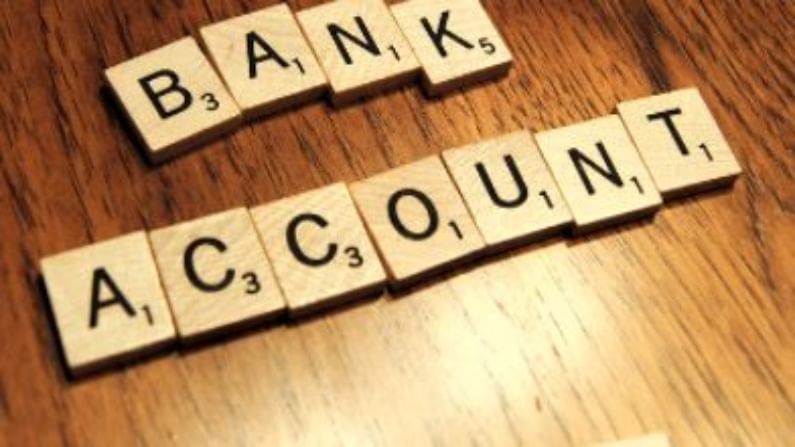UIDAI data: 86% of 140 crore bank accounts seeded with Aadhaar
Aadhaar-bank account linking: As many as 120 crore bank accounts out of the 140 crore in the country have already been linked to Aadhaar

According to a Supreme Court ruling in 2018, Aadhaar linking with bank account is not mandatory. However, almost 86% of bank accounts in India are currently seeded with Aadhaar, according to statistics revealed by Unique Identification Authority of India (UIDAI).
In 2019, the Reserve Bank of India (RBI) said Aadhaar was a valid KYC document and after that submission of Aadhaar almost became unofficially mandatory. Now Aadhaar is the most frequently-used KYC document.
If a bank account is not linked to Aadhaar, government subsidy will not be credit to it.
120 crore accounts
As many as 120 crore bank accounts out of the 140 crore in the country have already been linked to Aadhaar, enabling people to enter into the formal financial system, said UIDAI chief executive officer Dr Saurabh Garg.
Currently, each and every bank account should preferably be linked to Aadhaar, though it is not mandatory. All central and state government schemes are seeded with Aadhaar which means until Aadhaar is seeded with the bank account no person will get any government benefit.
UIDAI says the rest of the bank accounts would be seeded with Aadhaar by the end of 2022.
How can you check status?
Since without linking Aadhaar with bank account one cannot get any government benefit such as PM Kisan Samman Nidhi Yojana, LPG subsidy, PM Abas Yojona, it is important that one checks the status of his/her bank account and Aadhaar connection.
One can check one’s Aadhaar bank account link status online by logging in at the direct link — resident.uidai.gov.in/bank-mapper and fill in some details like Aadhaar number, mobile number and OTP.
But, to do this, the Aadhaar card holder must have his/her mobile number linked with the Aadhaar number.
Any person can link his/her account with Aadhaar online through the bank’s website or mobile banking app. He/she can also visit the branch of the bank to get it done.
Aadhaar, the biometric identification system, was launched in 2009. Till 2020, almost 95% of adults and 75% children have got Aadhaar number.

